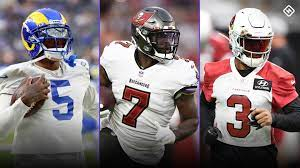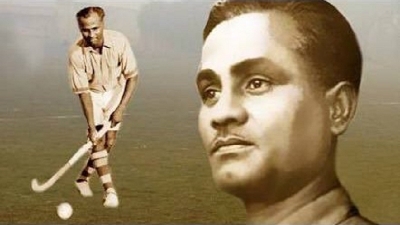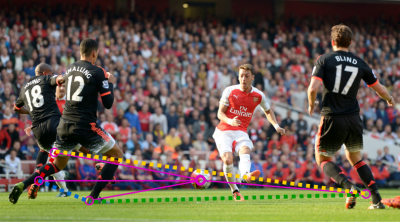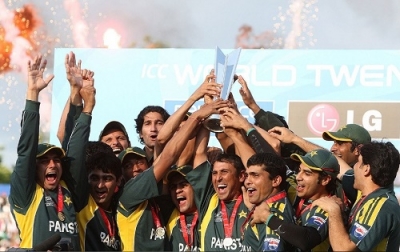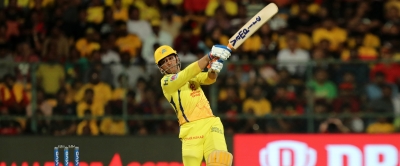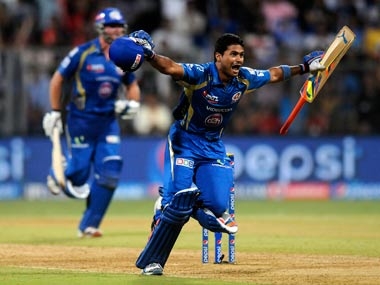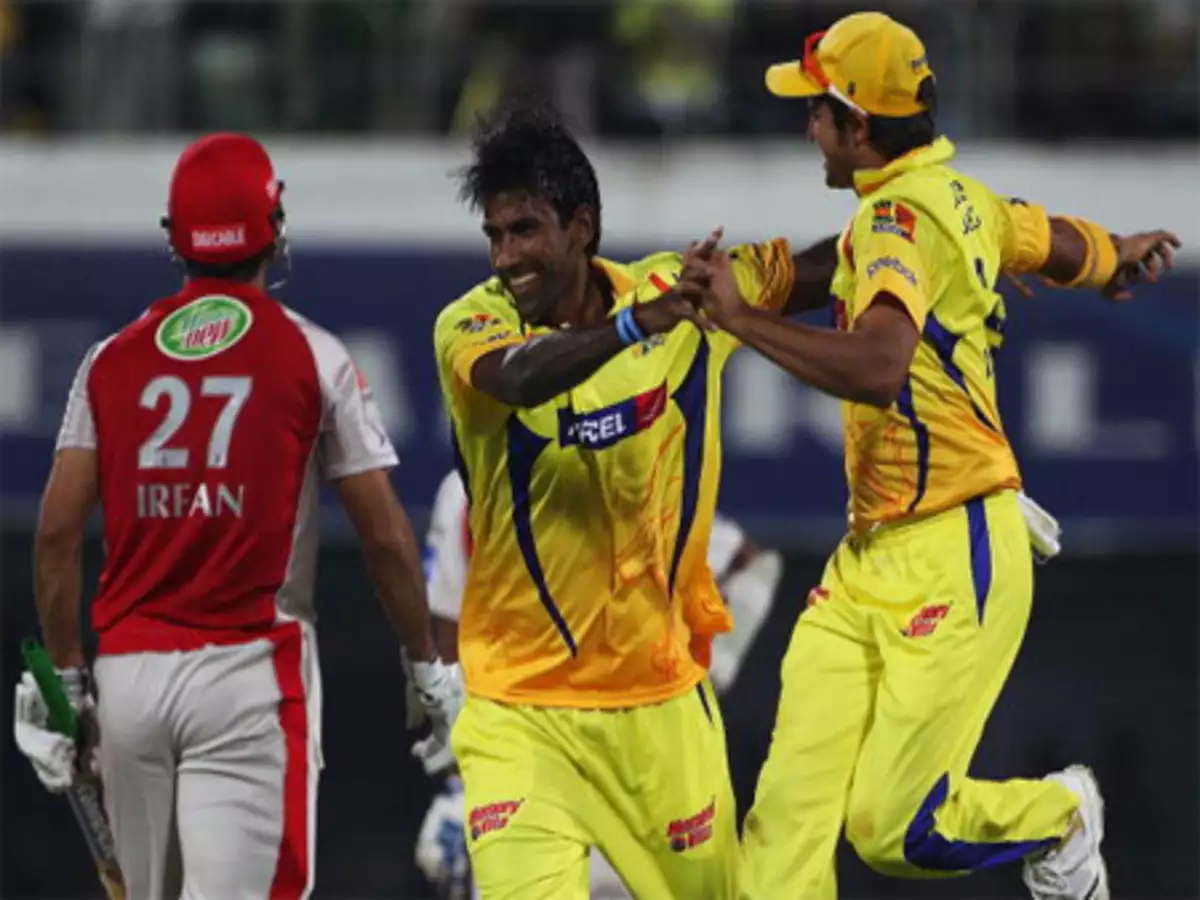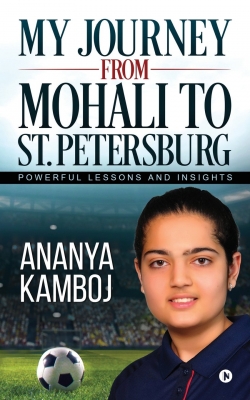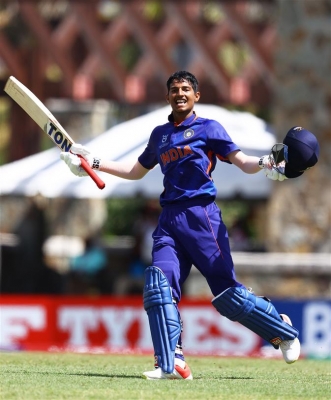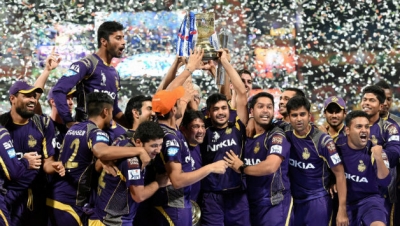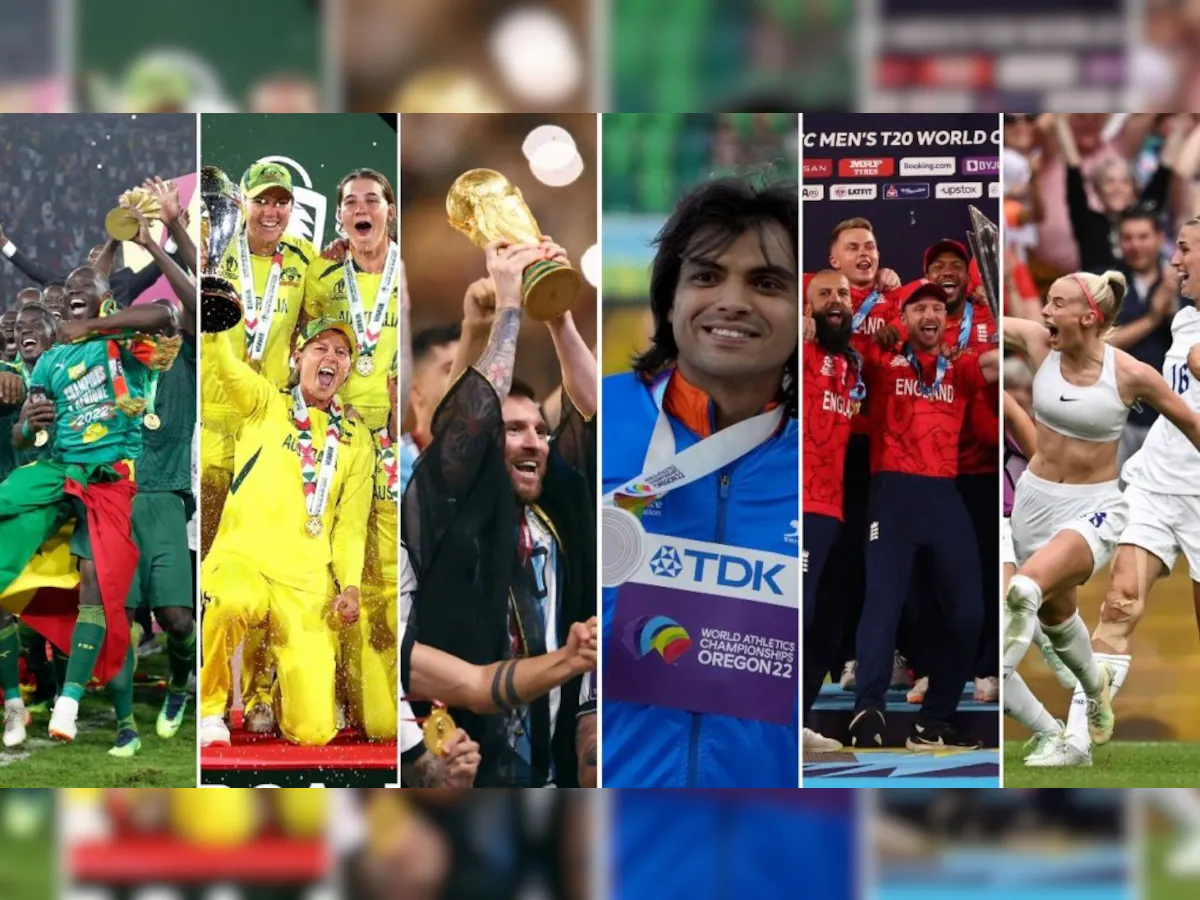
SPORTS: What with a number of world cups being held across different sports, there was no dearth of action in 2022. While the T20 World Cup that concluded in November and the FIFA World Cup that saw a thrilling climax in December were easily the biggest highlights of the year, there was plenty more on show, both on and off the field. Indians too had plenty to celebrate in the sporting arena as our stars sizzled in different disciplines. Here's a quick wrap of all the big sporting news from the year that went by...
1. Djokovic's deportation
The first big sports news of 2022 didn't even take place in a sporting arena. Serbian tennis star Novak Djokovic's vaccination status (he isn't vaccinated for COVID-19) remained a point of contention throughout the year and it started in January 2022 itself. Djokovic was deported from Australia before the start of the Australian Open and was banned from travelling to the country (a ban that has since been lifted).
Despite all the off-field drama, the Australian Open saw Ashleigh Barty end the country's 44-year wait for a home winner by clinching the women's section, while Rafael Nadal won a record 21st Grand Slam men's title.
2. IPL franchises splurge on players
When India's wicketkeeper-batter Ishan Kishan was snapped for a whopping 15.25 crore during the IPL full auction in February 2022, he became the second most expensive Indian to have ever been bought at the auctions, behind only the 16 crore spent on Yuvraj Singh in 2015.
In the mini auction that was held in December, England's Sam Curran, Australia's Cameron Green, and England's Ben Stokes all matched or broke the record for the most expensive bids at IPL auctions (Chris Morris 16.25 crore). Curran's Rs. 18.50 crore, in fact, makes him the most expensive player in IPL history, even more than what is offered to retained players.
3. The King of Spin is no more
The fourth of March was a difficult day for Australian cricket in 2022. While veteran wicketkeeper Rod Marsh died aged 74 eight days after suffering a heart attack, spin legend Shane Warne died of a suspected heart attack aged 52. Warne, often hailed as the King of Spin, was not only a great cricketer, but also a brilliant showman. The leg spinner is the second-most highest wicket-taker of all time in Test cricket, with 708 wickets to his name. Australia kept their emotions in check to claim a 1-0 series win against Pakistan later in the same month, their first series in Pakistan in almost 25 years.
4. Pallikal makes the mother of all comebacks
Dipika Pallikal Karthik and Dinesh Karthik gave birth to twins in October 2021. Less than six months after becoming mother to the two newborns, the squash star did the unthinkable, claiming two golds at the World Doubles Championships in April 2022.
Playing her first competitive event since October 2018, she first clinched the mixed doubles by teaming up with Saurav Ghosal. Just an hour and a half after winning the mixed doubles final with Ghosal, she teamed up with long-time teammate Joshna Chinappa (left) to triumph in the women's doubles final as well.
5. Zareen boxes her way to gold
Indian boxer Nikhat Zareen joined elite company by winning gold at the Women's World Boxing Championships at Istanbul in May 2022. She became just the fifth Indian woman to achieve the feat, following in the footsteps of six-time champion Mary Kom, Sarita Devi, Jenny R.L and Lekha K.C
Zareen clinched India's first world title since 2018 by defeating Thailand's Jutamas Jitpong 5-0 in the final. While India finished the event with a gold and two bronze medals, it took their overall tally in the history of the competition to 10 gold, eight silver, and 21 bronze medals.
6. India wins Thomas Cup for first time
Until 2022, India had never won the Thomas Cup, the premier team competition in men's badminton. That changed in May when India stunned 14-time champion Indonesia 3-0 in the final. After Lakshya Sen gave India a 1-0 lead by defeating Anthony Sinisuka Ginting, Satwiksairaj Rankireddy and Chirag Shetty made it 2-0 by beating Mohammad Ahsan and Kevin Sanjaya Sukamuljo in the doubles encounter. Kidambi Srikanth then ensured that India scripted history when he got the better of Jonatan Christie in the second singles encounter. For the first time since the tournament's inception in 1949, India were on top of the world.
7. Real Madrid continue their winning ways
In April 2022, Real Madrid secured a record-extending 35th La Liga title with four matches to spare. With that, their coach Carlo Ancelotti became the first manager ever to steer his sides to victory in each of the top five European Leagues (England, France, Germany, Italy, and Spain).
Less than a month later, Real were at it again in May, this time claiming a record-extending 14th Champions League title by defeating Liverpool 1-0 in the final.
Real's French forward Karim Benzema had been the star of their show for much of the season, earning him the prestigious Ballon d'Or award in October.
8. Nadal takes his tally to 22
There is no doubt that Rafael Nadal has forever etched his name in the clay courts of the French Open. He won it for a record-extending 14th time in June 2022, by defeating Norwegian Casper Ruud in the final. With that he won his 22nd grand slam men's singles title and extended his lead at the top-two more than what Roger Federer and Novak Djokovic had at the time.
Even though 2022 was marred by off-field drama for Djokovic, and despite the fact that he had to miss both the Australian Open and the US Open, he notched up his 21st title when he won his seventh Wimbledon title in July.
9. Warriors make it four out of eight
After the heady heights achieved in the last decade, many believed that the Golden State Warriors had fallen off the top and there were even murmurs that the franchise were a shadow of their past when they failed to make it to the NBA play-offs for two consecutive seasons. They bounced back in style in the 2021-22 season, clinching the title for a fourth time in eight seasons in June 2022.
Despite finishing last in the 2019-20 season, they continued with their strategy of holding onto star players while grooming young ones. After clinching the Western Conference, they defeated the Boston Celtics in the NBA Finals 4-2 for the title.
10. Neeraj Chopra continues to make history
Indian athletics' poster boy Neeraj Chopra rewrote history again and again. It began at the World Athletics Championships in July 2022, when he clinched silver in men's javelin throw with a best of 88.13 m. With that, he became the first Indian to clinch a silver at the worlds, and the second Indian after Anju Bobby George to medal at the worlds.
He scripted history again in August by becoming the first Indian to clinch a Diamond League meet title by winning the Lausanne leg and qualifying for the final. Things got better in September when he won the final at Zurich, becoming the first Indian to win a Diamond League title.
11. Indians shine at the Commonwealth Games
At about the same time when Chennai was hosting the Chess Olympiad, the Commonwealth Games took place in Birmingham. India competed at the event that took place in July-August
2022, and finished fourth in the medals tally with 22 gold, 16 silver and 23 bronze medals. Indian wrestlers were on top of their game as the sport provided for maximum golds (6) and maximum medals (12) at the event. While weightlifters accounted for 10 medals, athletes won eight, paddlers and boxers won seven, and the badminton players won six medals. Star paddler Sharath Kamal was India's most successful player at the Games, clinching three golds and a silver in table tennis events.
12. Chennai hosts the Chess Olympiad
The Chess Olympiad came to India for the first time as Chennai hosted the 44th Chess Olympiad in July-August 2022. With a knight clad in traditional attire serving as the mascot, and roads and bridges turning into chess boards, everything was done to catch the public attention.
The event was a success with more than 1500 participants representing over 180 countries competing in the Open and Women's events. Uzbekistan clinched gold in the Open category, while war-torn Ukraine won top honours in the Women's event. India had more reason to celebrate as it won the prestigious Gaprindashvili Cup awarded to the team with the best combined performance in the Open and Women's tournaments.
13. Satwik-Chirag medal at the worlds
Having contributed to India's maiden Thomas Cup triumph and having won gold at the Commonwealth Games, Indian men's doubles badminton duo Satviksairaj Rankireddy and Chirag Shetty were brimming with confidence. They make it count where it mattered as they became the first Indian pair to win a medal in the men's doubles event at the World Badminton Championships in Tokyo in August 2022. They lost to Malaysia's Aaron Chia and Soh Wool Yk in the semi-final and settled for bronze. Satvik Chirag also became the first Indian doubles pair to win a BWF Super 750 tournament when they won the men's double crown at the French Open Super 750 event in October.
14. Federer announces his retirement
Shortly after tennis legend Serena Williams announced that she would be evolving away from tennis in August 2022, tennis fans had to endure another bombshell when Roger Federer announced his retirement in September. Just days after Spaniard Carlos Alcaraz had won the US Opens to become the youngest-ever men's world number one at the age of 19, Federer announced his decision to retire from tennis after Laver Cup on social media.
The 41-year-old, who has won 20 men's single grand slam titles, is seen by many as the greatest to have ever played the game. Federer ended his retirement announcement saying, "Finally, to the game of tennis: I love you and will never leave you."
15. Verstappen breaks record for most wins in a season
Dutch driver Max Verstappen not only defended his F1 title in 2022, but did it in style. He clinched the title after winning the Japanese Grand Prix in October 2022. With four races still remaining at that point, there was more to come from Verstappen.
Verstappen won three of those four races in the US Grand Prix, Mexico City Grand Prix and the season finale at Abu Dhabi Grand Prix. When he won the race in Mexico, he broke the record for most wins in a single season held previously by Michael Schumacher (2004) and Sebastian Vettel (2013). He added another win at Abu Dhabi for good measure, finishing the season with a record 15 race victories.
16. England are the white ball champions
Every cricketing country in the world played a lot of T20 cricket in 2022 as they built form towards the T20 World Cup held in Australia in October-November 2022.
Barring a loss to Ireland by Duckworth-Lewis-Stern method in a rain-curtailed game, England were undefeated throughout the tournament. After thumping India by 10 wickets in the semi-final, England then defeated Pakistan in the final by five wickets to lift the T20 World Cup for a second time.
Already possessing the ODI World Cup following their victory in 2019, England became the first team in history to hold both the ODI World Cup and T20 World Cup at the same time.
17. Messi is finally a World Cup winner
Despite the controversy surrounding the 2022 FIFA World Cup during its build-up, Qatar delivered one of the finest tournaments in recent history in November-December 2022. The fact that Lionel Messi's Argentina came out on top seemed to many like the perfect icing on the cake.
Argentina got off to a nightmare start, losing to Saudi Arabia. They put that behind them and kept moving forward, with their talisman Messi leading from the front. The final against France was a spectacle as Messi and Kylian Mbappe put on a show in a 3-3 draw. Argentina came out on top in the penalties to lift the World Cup for a third time.
18. A shocking end to 2022
Just as an off-field event had kick-started the year, it was events off the field that left the sporting world in disbelief in December 2022.
On December 29, Brazilian football legend Pele passed away aged 82, plunging the football world into sadness. One of the greatest footballers of all time, Pele was a giant in the sporting world in the 20th Century.
Just a day later, cricketing fans were in for a rude shock as Indian wicketkeeper-batter Rishabh Pant met with a car accident. Owing to injuries in his leg and head, Pant is expected to be out of action for months, and maybe even a year.
Events that almost made it to our list
Mohammad Arif Khan became the first Kashmiri Olympian and the first Indian to participate in two events at the Winter Olympics in February.
Australian women won a record-extending seventh Women's World Cup title when they won the ODI tournament held in New Zealand in March-April.
Indian women's cricket team lost a couple of stalwarts as batter Mithali Raj (left) called time on her international career in June while pacer Jhulan Goswami (right) bid her farewell with a fairytale finish in September.
With four golds at the FINA World Championships in Budapest in June-July, American swimmer Katie Ledecky took her overall tally to 19, second only to Michael Phelps' 26.
Vinesh Phogat and Bajrang Punia won bronze at the World Wrestling Championships in September. While Phogat became the first Indian woman to win two medals at the worlds, Punia took his tally to four.
Spain defended their FIFA U17 Women's World Cup in October in a tournament held in India.
Maharashtra's Ruturaj Gaikwad struck a world record seven 6s in an over in a Vijay Hazare quarter-final game against Uttar Pradesh in November.
Picture Credit : Google
